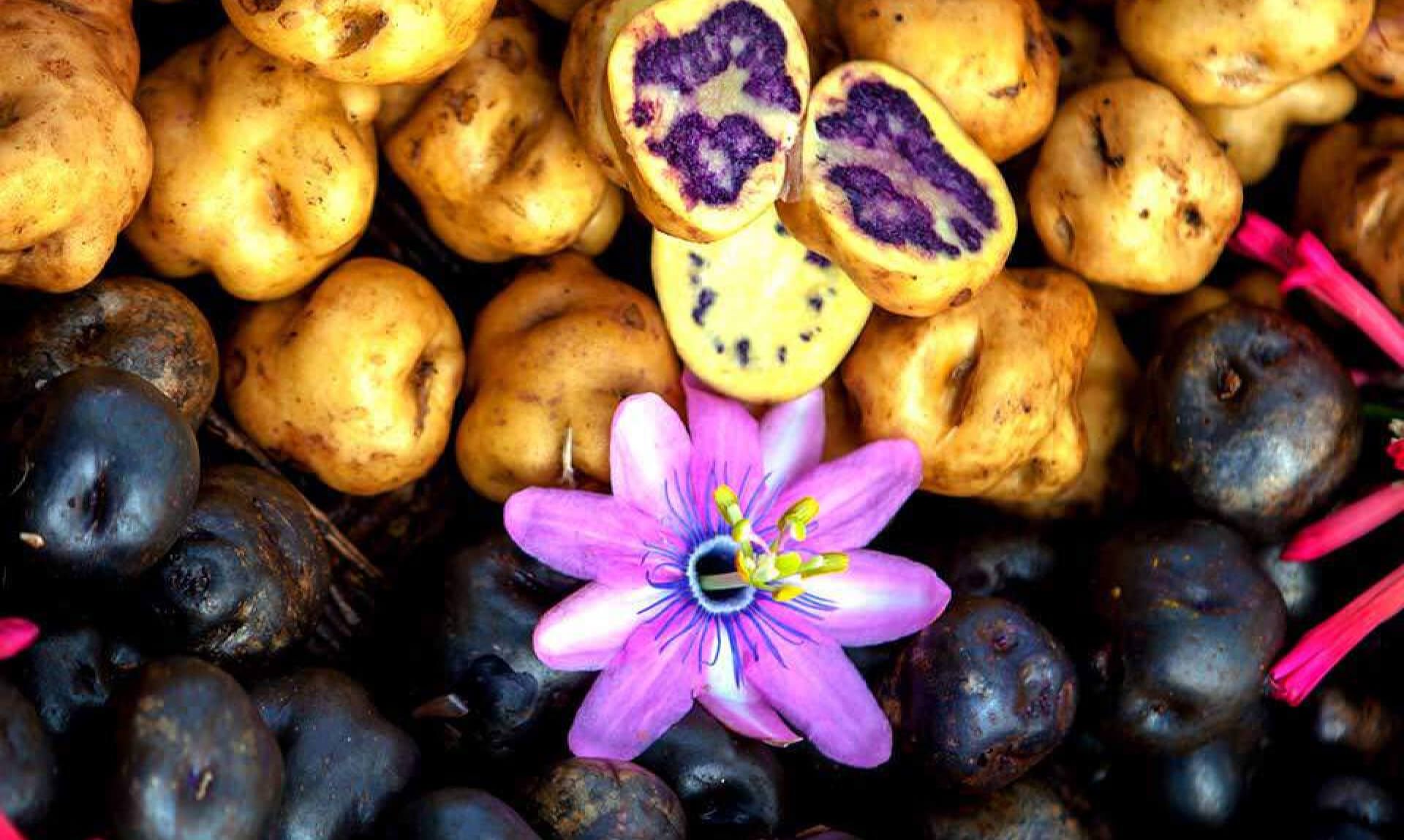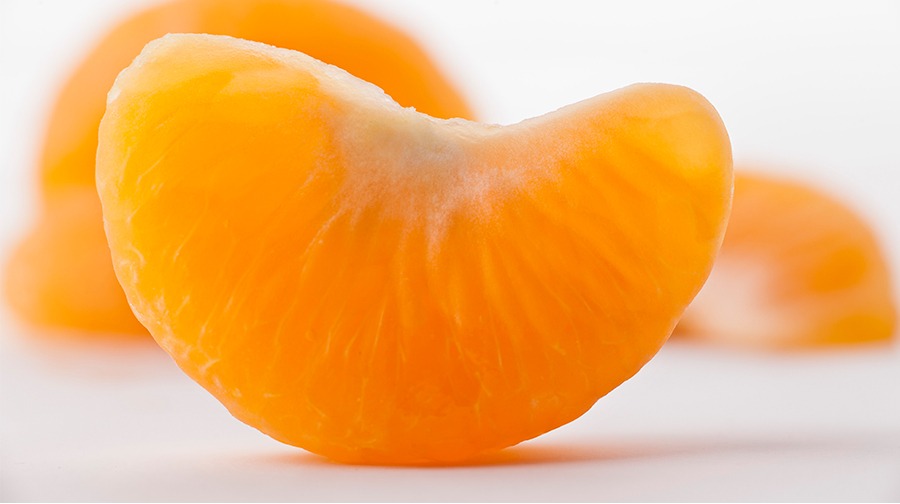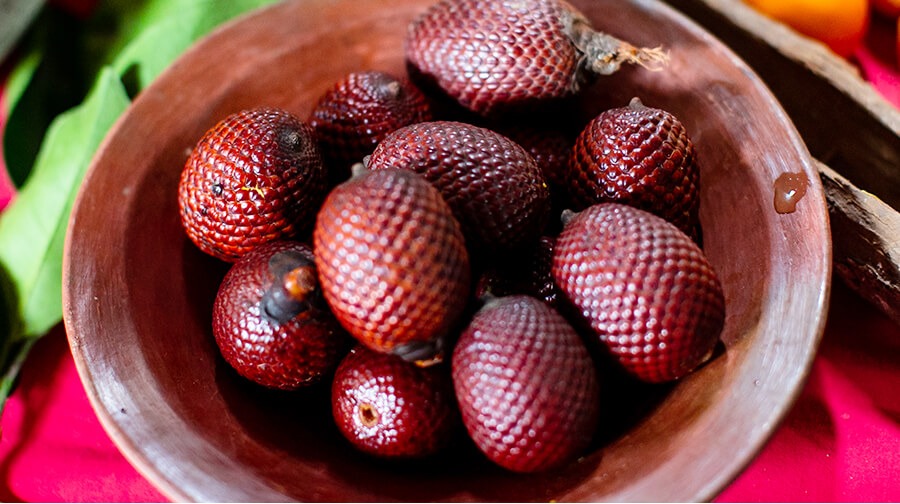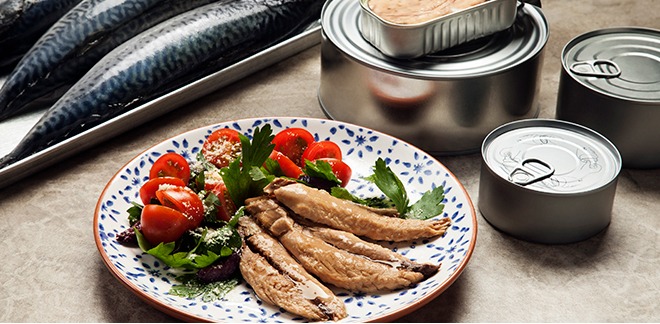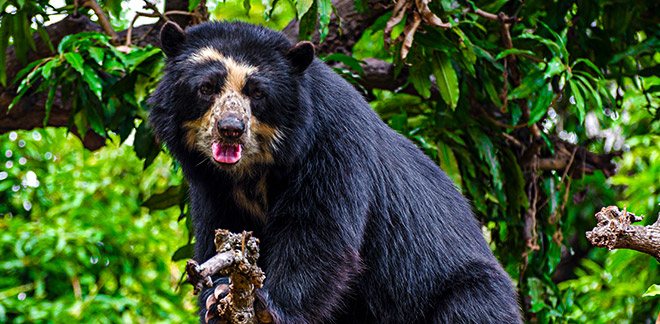Mandarin orange: why should we eat this Peruvian superfood every day?
Síguenos en:Google News
Mandarin oranges can help prevent the flu. In addition, they prevent aging and promote the correct functioning of the heart. So, the benefits of eating them should never be underestimated. Mandarin segments with natural yogurt can transform any breakfast into an injection of vitality.
The mandarin, whose scientific name is Citrus reticulata, can be found in almost all of Peru. It grows in the departments of San Martín, Madre de Dios, Lima, Junín, Cusco and Ayacucho. In Peru, there are six main varieties that are harvested: Satsuma, Malvaceae, King, Dancy, Kara, Murcott and Wilkings (Peru is the world's second largest exporter of this species). For the crop to thrive, it requires a temperate subtropical climate, with temperatures ranging from 54° to 79°F, and soil with irrigated land. And in Peru, there are plenty of these conditions.
A healthy fruit
Its sweet and sour pulp, like that of other citrus fruits, is considered a valuable source of vitamin C and antioxidants.
Thanks to these benefits, eating it strengthens the immune system and helps us to avoid colds and flu, especially in winter and in periods of seasonal transition. Mandarins also help repair cell damage caused by free radicals, they prevent aging and help achieve the proper functioning of the cardiovascular system.
The DNA of this fruit is made up of water, which is why it has diuretic properties and helps to reduce water retention. The white parts of this fruit – found in the peel and in the membranes that cover the pulp – contain fiber: ideal to aid weight loss and improve intestinal transit.
It also contains vitamin A, which contributes to the formation of the retina and prevents the appearance of infectious diseases. It also has a positive impact on reproductive health and other research has revealed that long-term consumption of mandarin juice may contribute to lowering total cholesterol (LDL).
Mineral contribution
Its nutritional table lists minerals such as iron, which is necessary to make hemoglobin and prevent anemia; magnesium, which has a positive influence on the nervous and muscular systems; and potassium, which is involved in the proper functioning of the heart.
By eating a mandarin, it is possible to acquire an ideal dose of calcium for strengthening bones and teeth. It also contains folic acid, which is recommended for pregnant women as it promotes the formation of the fetus.
Fact: mandarin leaves can also be used as an aperitif and tonic.
Season and versions
Thanks to the diversity of microclimates in Peru, mandarins can be harvested all year round. However, April to August is the time of greatest prosperity. Mandarins can be eaten in their natural state, a delicious addition to a salad, as well as being found in products such as jams and yogurt.
Thanks to their excellent aroma, mandarins are widely used to flavor cakes, pies and gelatin desserts. In the confectionery world, when paired with chocolate it becomes an irresistible treat. In baking, it is possible to use its pulp to create cheesecake, mousse, ice cream, icing and much more.
Natural medicine and cosmetics also harness the benefits of this citrus fruit. Mandarin oil is used to help people fall asleep as well as to boost their appetite. It is also an antiseptic and an antispasmodic. Go ahead and try it!
Did you know?
- Peru produces 481,000 tons of mandarins each year. The most attractive species for the market are the Satsuma and the W. Murcott, because they don't have any seeds.
- According to the Ministry of Agriculture and Irrigation (Minagri), mandarin exports increased during the first four months of 2020.
- Lima is considered to be the region with the highest production of this citrus fruit.
Sources: Minagri/ La Vanguardia/ Andina/ El Universal/ US National Library of Medicine
The most recent


